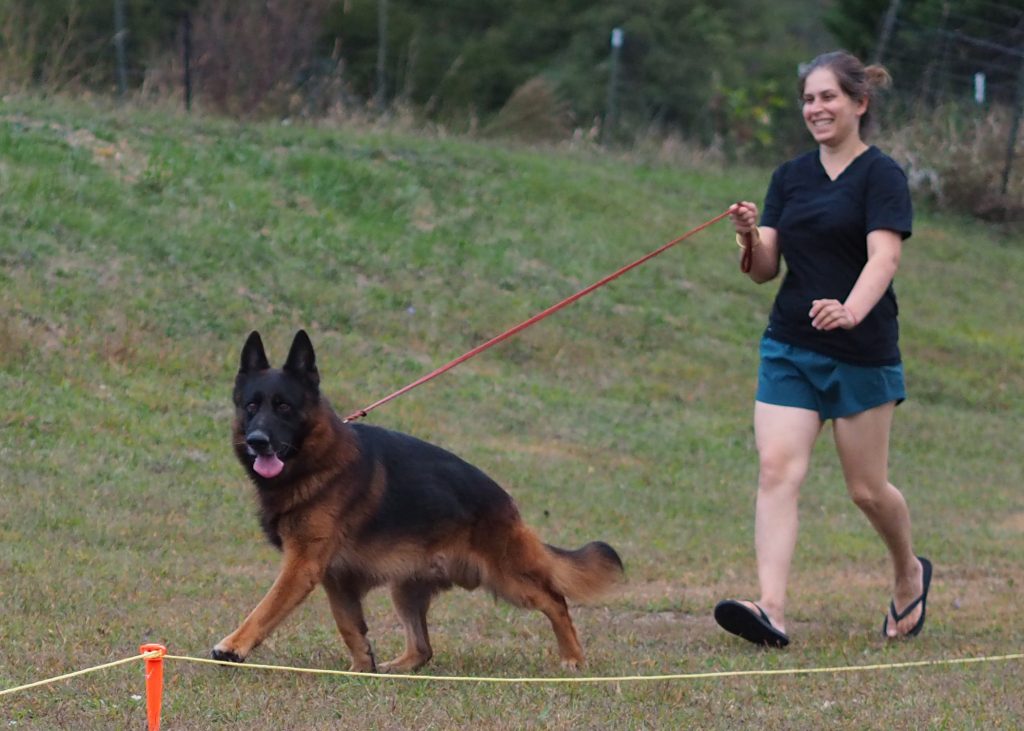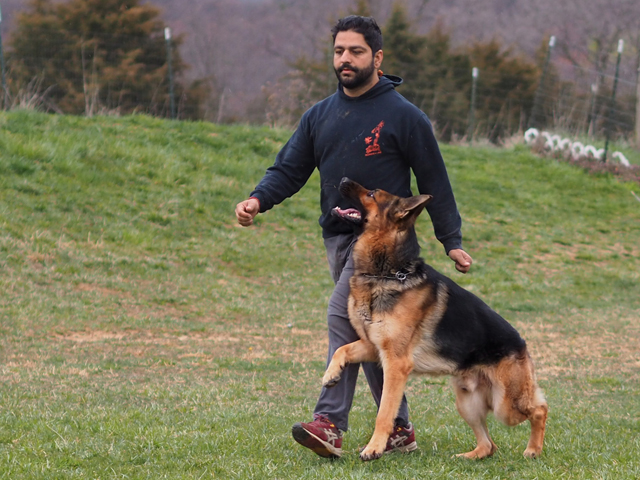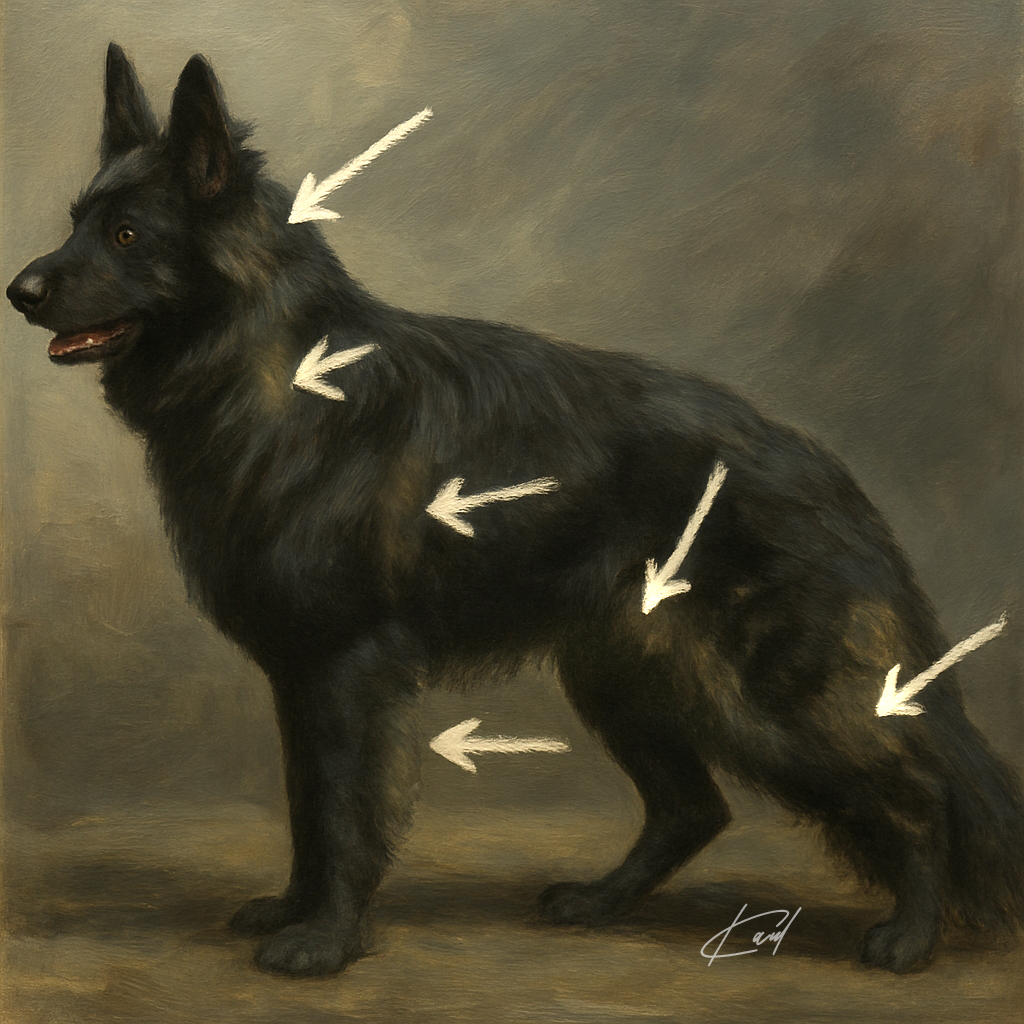The Dog That Makes You Look Good: Hemi, Balance in movement
There’s a moment in every breeder’s life when you see your work come to life: not in a stacked photo, not in a pedigree chart, but in movement. This was one of those moments. In this photo, Hemi, AKA Himmat von Nummer-Eins a young male from our breeding program, is being handled by someone who […]
The Dog That Makes You Look Good: Hemi, Balance in movement Read More »










